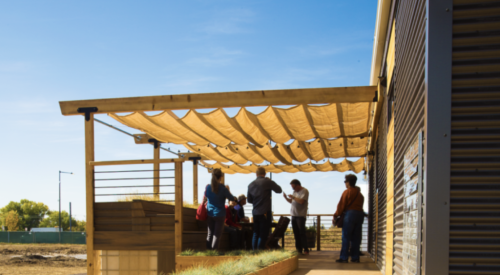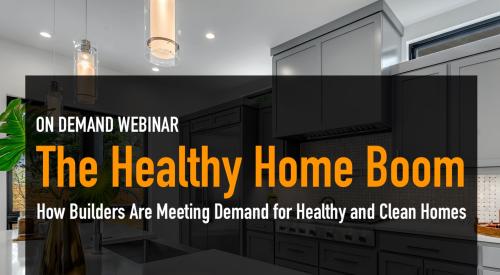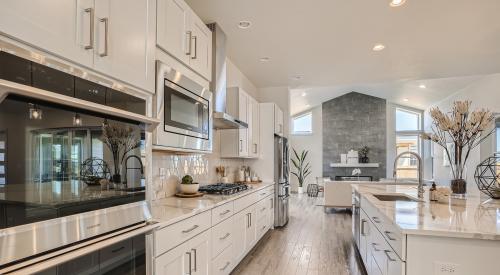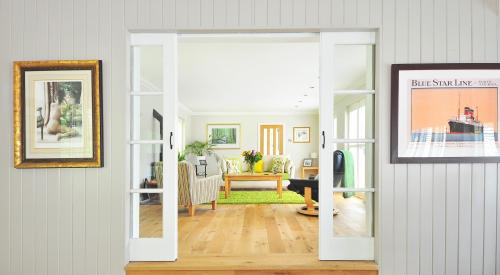McStain Neighborhoods intimately understands the ups and downs of the homebuilding industry—and what it takes to last.
From its start 55 years ago in Boulder, Colo,, McStain has pursued sustainable, innovative construction. By the mid-2000s, the Colorado builder was constructing about 300 homes a year. But then the Great Recession hit, and in 2009, McStain filed for bankruptcy. The green builder restructured and reemerged, and it expects to close about 75 homes this year and over 100 next year, with plans to reach 200 a year.
Throughout, McStain has kept its focus on conscientious construction as it aims to “do the right thing,” says Rick Lambert, vice president of operations.
But a few years ago, McStain determined it had to do more. “We looked around and realized a lot of public builders were starting to catch up to us in terms of sustainability, so we decided to push the envelope with sustainable, healthy homes,” Lambert says. The builder wanted to surpass the status quo: “We found there’s a lot of greenwashing in our industry,” Lambert says.
The result of McStain’s efforts is the BeWell House.
BeWell House: How McStain Builds a Healthy Home
The BeWell House, a moniker for all the healthy homes McStain now builds, achieves a higher standard, Lambert says, by earning third-party certifications: not only the EPA’s ENERGY STAR, which McStain had achieved for years, but also the DOE’s Zero Energy Ready Homes and the EPA’s Indoor airPLUS certifications. This year, the DOE named the BeWell House a winner in the production category of the Housing Innovation Awards.
“We make sure our homes are not only sustainable but contribute to a family’s well-being,” says Danielle Davis, vice president of sales and marketing.
BeWell does that by complying with a plethora of DOE and EPA guidelines that range from creating an airtight, well-insulated envelope to installing energy-efficient, high-performance windows, appliances, and fixtures, such as tankless Navien water heaters.
“Airtightness comes down to executing a lot of seemingly minor details well,” Lambert says. One such detail: ZIP System Wall Sheathing. “That does a lot better job keeping the exterior dry and sealing up penetrations to the outside,” Lambert says. Other details include blown fiberglass insulation on the exterior walls; spray foam insulation on the rim boards; and spray foam throughout the attic, not just on the attic floor, to keep the ductwork within an air-conditioned space.
And before it delivers a newly built home to a buyer at closing, McStain takes an extra step that, Lambert says, is “shockingly not as widespread a practice as it ought to be.” That task? McStain vacuums out all the ductwork and thoroughly cleans the furnace to eliminate any lingering construction dust that could impact the home’s indoor air quality.
While McStain already had plenty of green-build experience, meeting the Indoor airPLUS standards “took quite a bit of work,” Lambert says. To minimize airborne pollutants and contaminants, the builder had to think through a long list of products it uses in its healthy homes, such as paints and adhesives, and seek out the ones certified by the EPA program. “It forced us to be more thoughtful about the products we use in our homes,” Lambert says.
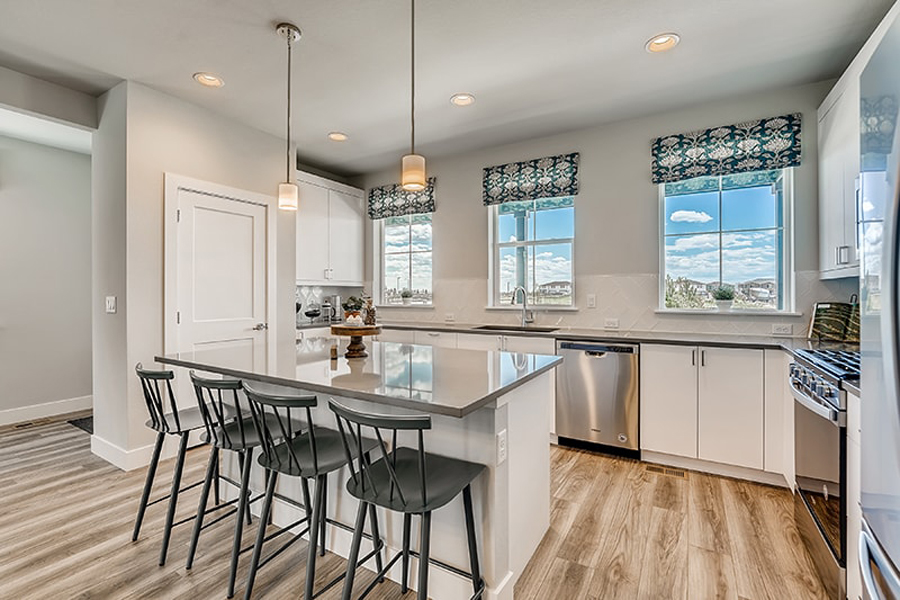
But that also means McStain draws from a shorter list of products—a challenge compounded by the industry’s recent pandemic-induced supply chain headaches. “We’re locked in our products,” Lambert says, “so we don’t have the ability to pivot as easily.”
The builder also has to be very exacting about the construction managers and workers it hires: “They have to be really detail-oriented to execute the houses the way we need them to be,” he says.
And McStain realizes that, in its efforts to continually up its game and explore different methods and materials—it’s now considering electric heat pumps, for instance—it might incur what Lambert describes as “the dumb tax you pay when you try something new.”
All told, the high-quality products and processes result in a higher price tag—both for the builder and for the buyer. “If it was just as cheap to build zero energy homes as not, then everyone would do it,” Lambert says. “We talk about it all the time: how we can price against the competition and still deliver value.”
RELATED: What 1,240 Homeowners Said They Want in a Healthy Home
Selling Healthy Homes in a Hot Market
At its newest BeWell House development, Arras Park in Thornton, 10 miles north of Denver, McStain’s site indicates home prices will range from the low $400,000s to the low $700,000s. The development will include 157 single-family homes and 135 townhomes, all with solar panels. (In July, the median home price in the Denver metro area hit a high of $600,000, with the average hitting another record of close to $730,000.)
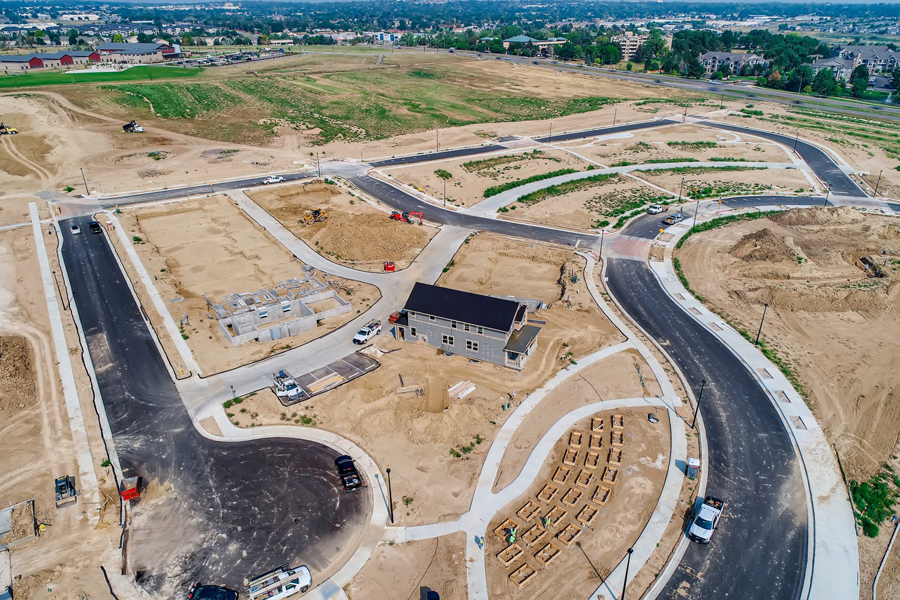
Yet McStain also believes its target homebuyers, especially in Colorado, will pay more to get more in return: “We feel confident the buyers that see the value are the ones we go after, and so far that’s largely the case,” Lambert says of its emphasis on building sustainable, healthy homes.
To help communicate and deliver that value, McStain offers BeWell not as an option, but as its standard. “We’re not saying to buyers, ‘You can do good if you pay extra,’” Davis says. “We’re rolling that into the cost of a home and saying, ‘This is what we stand for.’ And buyers connect with that.”



